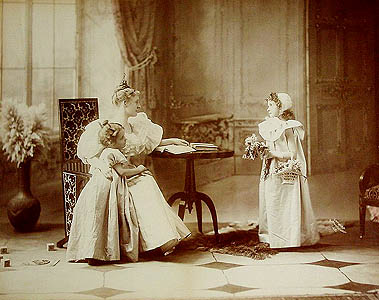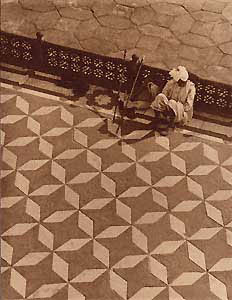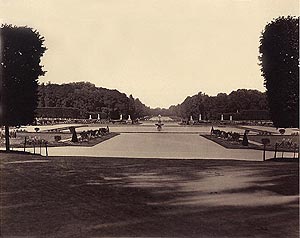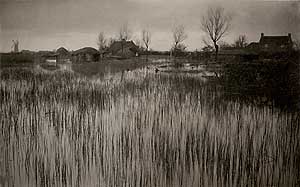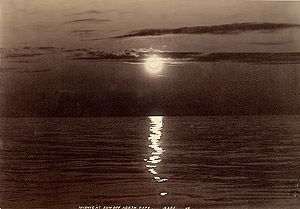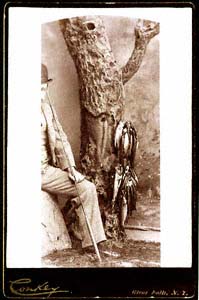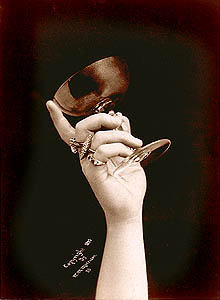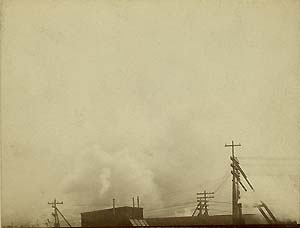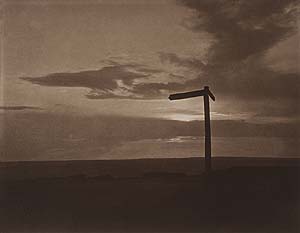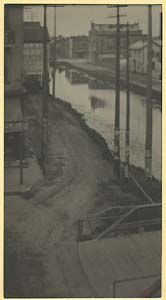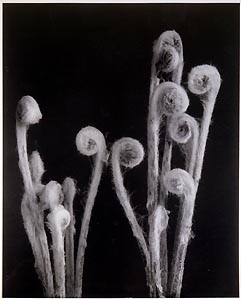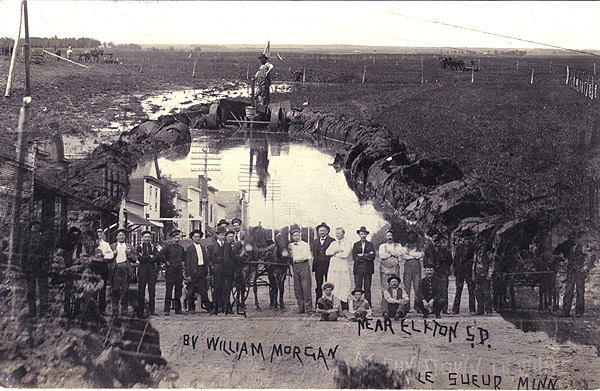Inventing Modernism: Photographs from the American Museum of Photography
Who made the first truly modern photographs? Most experts say that Modernism — a major shift in art, literature, and music — evolved during the first two decades of the twentieth century. Modernism implies a rejection of previous conventions in favor of radically different forms of artistic expression. Often, there is a novel point of view: a story may be narrated by multiple characters, a Cubist painting may show different perspectives on the same subject simultaneously. Where once nature’s beauty was thought to be the most appropriate subject for art, Modernist works frequently take the gritty world of industry as their theme.
The advent of photography is often credited with triggering a revolution in painting. Since the camera could produce such perfect transcriptions of reality, artists were suddenly forced to be more than clever copyists of nature. This led them to such new ideas as Impressionism, and to a new role for painting as a means of personal expression.
Photography, too, went through its own dramatic changes as part of the broader shift to Modernism, as the two images below demonstrate. On the left, a large-scale photograph from 1896 that was intended to be framed and displayed as an artwork in the home. On the right, a smaller image taken in 1934 or 1935 by a Japanese businessman who was also a gifted photographer:
In the 1896 image, the faux tiles on the floor are a small part of an elaborately staged scene involving posed models and carefully selected wardrobes, props, furnishings and a painted backdrop. On the right, the tiles (at the Taj Mahal) are the subject of the picture. To be more precise, the photographer’s observation of the tiles is the subject, and the artistry of the picture is due to the photographer’s ability to capture that pattern in the dizzying and mesmerizing way he envisioned it.
Most historians date the beginnings of Modernism in photography to the Photo-Secession, a movement founded by Alfred Stieglitz in 1902. Stieglitz and his followers acknowledged three brilliant photographers who preceded them by many years: the Scottish partners David Octavius Hill and Robert Adamson (active 1842 – 1847) and the remarkable Julia Margaret Cameron (active Great Britain and Ceylon, 1864 – 1879.)
This exhibition offers a look at an eclectic group of images by other photographers — both famous and unknown– pictures that break away from the conventions of their day. Viewed in isolation, they may seem strange or quirky. Taken together, they show that some photographers experimented with radically new ideas— sometimes decades before those ideas took on the mantle of Modernism.
CLICK HERE to begin -or-
Click on any photograph in the Gallery below for a larger view and more information

Copyright © MMIX The American Photography Museum, Inc. All Rights Reserved.“American Museum of Photography” and the logo are Service Marks of The American Photography Museum, Inc.
